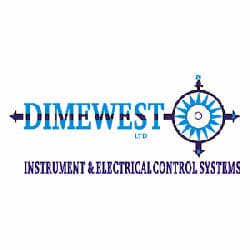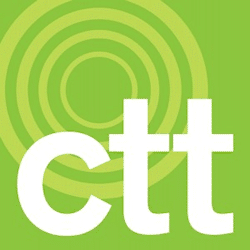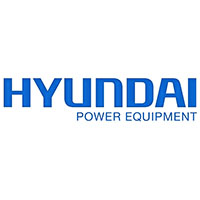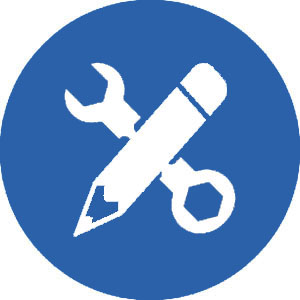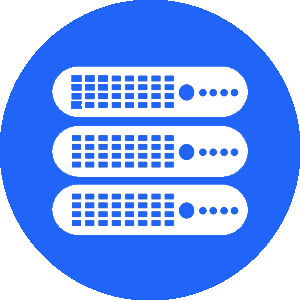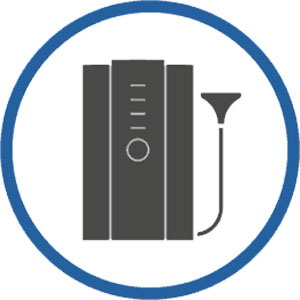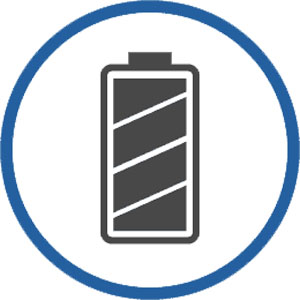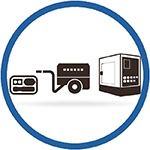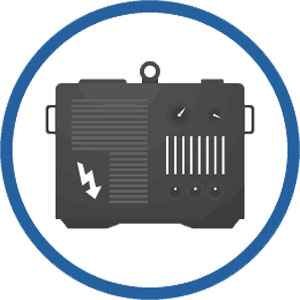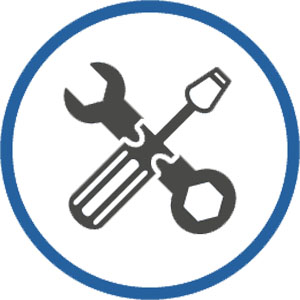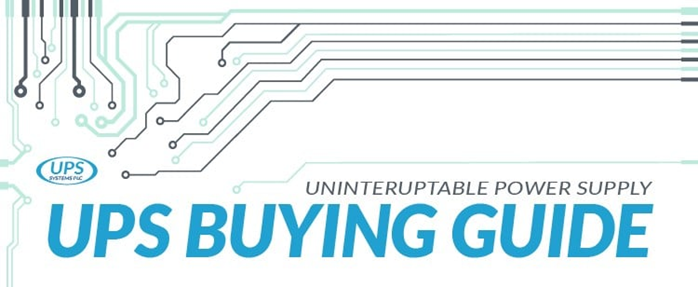
Know you need a UPS (Uninterruptible Power Supply), but not sure where to begin, our UPS Buying Guide will help you decide.
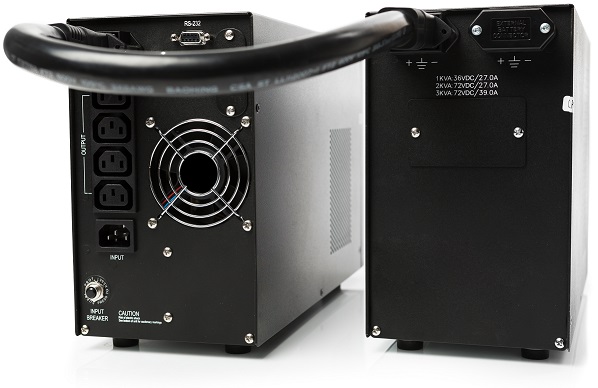
What UPS (Uninterruptible Power Suppy) Do I Need?
Choosing the correct UPS for your power supply needs can be a difficult process if you aren’t up to date with recent advances. There’s a balance between cost and protection that helps to ensure you get the maximum protection for the best value depending on your systems requirements and the load you need to deal with. We here at UPS Systems are dedicated to making sure you get the best value and the most complete protection from your UPS unit.
The purpose of this buying guide is to give you a primer on the different systems available and what you’ll need to be looking for when you select the UPS for your business.
Get in touch to discuss your UPS (Uninterruptible Power Supply) requirements
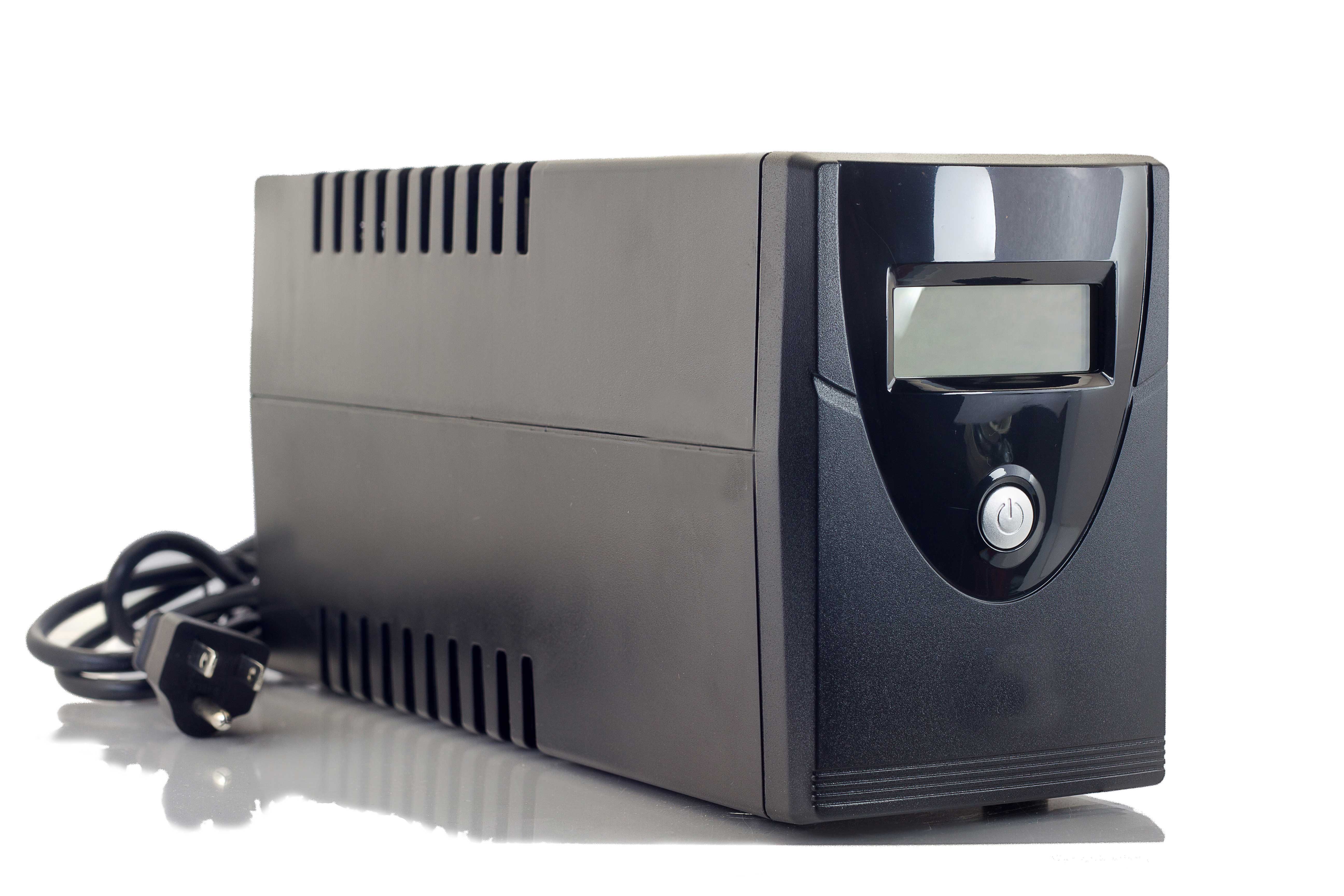
If you know what you need please click here to access the shop.
There are a number of different iterations and every company will have a different design but UPS can be broadly categorised by how the batteries and the unit itself interacts with the power supply coming in.
- An online UPS is constantly active and cycling through power so when the mains power is cut there’s no transfer time between activation.
- Offline UPS are the cheapest and often use the smallest wattage, the mains power supply operates in parallel and if the power is cut, a switch activates and the batteries begin to provide power.
- A line interactive UPS is similar but has a greater deal of interaction with the mains power coming in, operating on a separate circuit that stems from the same mains input.
But of these three types, which is right for you?
If you know what you need please click here to access the shop.
There are a number of different iterations and every company will have a different design but UPS can be broadly categorised by how the batteries and the unit itself interacts with the power supply coming in.
- An online UPS is constantly active and cycling through power so when the mains power is cut there’s no transfer time between activation.
- Offline UPS are the cheapest and often use the smallest wattage, the mains power supply operates in parallel and if the power is cut, a switch activates and the batteries begin to provide power.
- A line interactive UPS is similar but has a greater deal of interaction with the mains power coming in, operating on a separate circuit that stems from the same mains input.
But of these three types, which is right for you?
Uninterruptible Power Supply comparisons
Online UPS
Online UPS offer the most complete protection with a constant connection to the mains supply and no delay during transfer. The rectifier, batteries and inverter are constantly cycling so when the main input supply is cut off the battery is already discharging. An online UPS will likely feature a switch only as a bypass in the event the UPS unit itself has a failure and power can continue to be routed to the device. The downside to an online UPS is that it will increase wear and tear and is less economical, constantly charging and discharging the batteries. However, the additional protection and instant transfer make it the best choice for sensitive equipment like servers and large-scale industrial machinery where disrupted power could be dangerous.


Offline UPS
An offline UPS is the economical option – as the charger and inverter are not constantly in use, it means less wear and tear and the power use will be kept a minimum and reduces the amount of energy you need. As these UPS tend to have a low maximum wattage they’re ideal for smaller scale, personal use. If you need protection for your home desktop computer for instance, this UPS will help avoid any potential perils and the majority will be of the simple, plug in the wall variety.
The downside to the offline UPS is its long activation time. The switch from mains to battery power is extremely fast but with sensitive equipment, even a fraction of a second could be too long lead to severe damage. With equipment like a home desktop, a brief delay is no problem but for more delicate items like a server, an offline UPS is less well suited.
Line Interactive UPS
A line interactive UPS offers a few improvements over an offline UPS with a few elements of an online UPS to help reduce transfer time. A line interactive UPS will have an automatic voltage regulator in order to help protect against small scale fluctuations. The constant flow of power ensures that the transfer time is greatly reduced and the higher wattage generally makes the Line Interactive a good option for versatile use, either in a professional workspace or at home if you need greater protection. The downside is that it’s less economical than the offline version and offers less protection against surges than an online version. Additionally, despite the voltage regulator, it is still vulnerable to power spikes. A line interactive UPS is a good step-up from an offline unit but for maximum protection, you should be looking for an online unit.
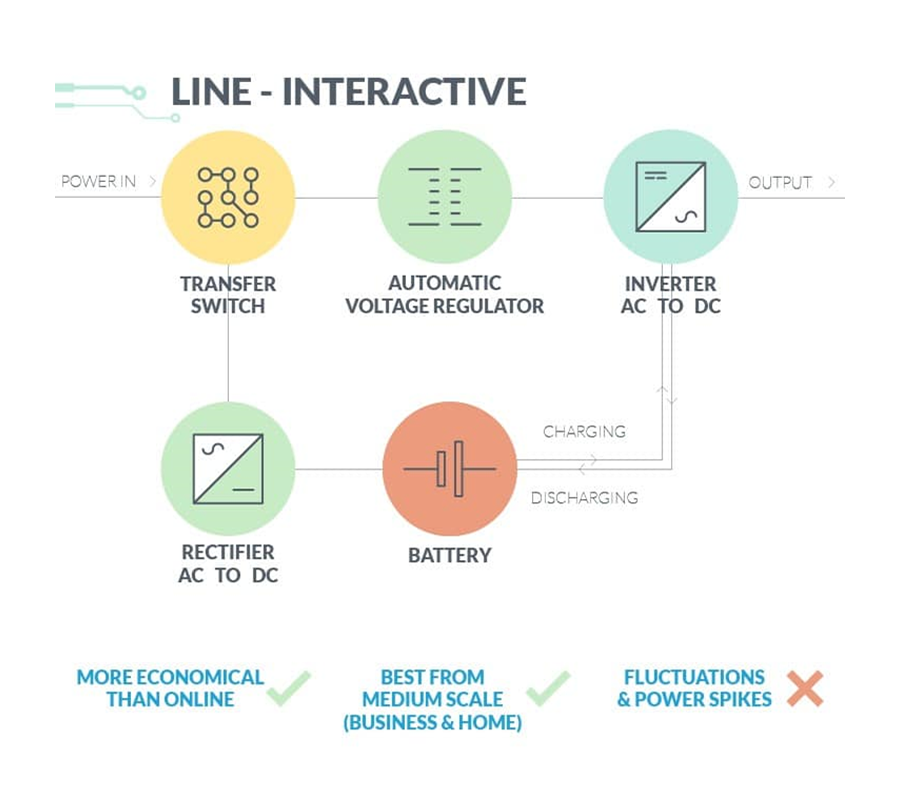
How to choose an Uninterruptible Power Supply
Once you have identified the device you need to keep protected and the correct variety of UPS for your needs, it’s time to have a look at specific units that meet your requirements. Additional considerations you’ll need to bear in mind include:
- How many devices are you looking to protect? Different UPS units will be equipped to protect a different number of devices, it can be more cost effective to get one unit that covers all your devices rather than several smaller units.
- How much power do you need? Some devices require significant wattage and you will need to ensure your UPS provides enough. A wattmeter can be used to check your devices consumption and ensure you get the right level of protection.
- What additional features do you need? Modern UPS come equipped with several useful elements that can provide additional protection to your device.
- How long do you need the device to operate? If you need power for an extended period, then a Generator could be a smart investment to supplement your UPS strategy.
Selecting the right UPS
- For non-critical applications, an off-line UPS will normally resolve Power Quality Issues 1. to 3. above.
- Higher level power protection, resolving Issues 1. to 5. above, will require a line interactive UPS.
- Complete protection for mission critical systems, resolving all the Issues in 1. to 9. above, will require on-line double conversion UPS technology.
Some UPS allow a controlled shut-down of IT servers whilst others may be used in conjunction with another Standby Power source (such as additional batteries or a generator) to allow all or part of the facility to continue operating for very significant periods.
You can download the UPS Buying Guide Infographic here.
Now you know what you need please click here.
For immediate assistance with all your standby power requirements, please contact us via telephone, via our online contact form, or let us call you back.
You can shop by brand here: Riello UPS, Eaton UPS, Vertiv UPS and APC UPS.
Our Services
Our Clients









